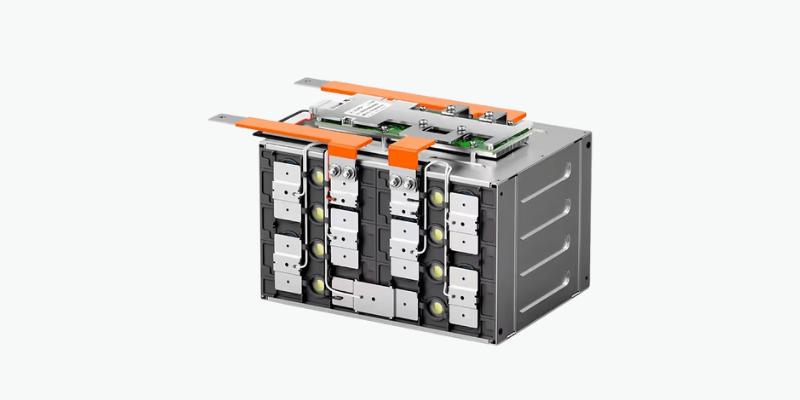6,000 이상을 완료 한 후 맞춤형 리튬 배터리 팩 프로젝트, 우리는 고객에게 종종 구체적인 질문이 있음을 발견했습니다. 이 기사에서는 우리는 리튬 이온 배터리 팩 설계 및 생산.
맞춤형 리튬 이온 배터리 팩을 선택할 때 고려해야 할 주요 요소는 무엇입니까?
맞춤형 리튬 이온 배터리 팩을 선택할 때 몇 가지 주요 요소를 고려해야합니다.
먼저, 에너지 밀도 고객이 종종 휴대용 응용 프로그램을위한 리튬 이온 배터리를 찾아 소모적이고 가벼운 설계에서 높은 에너지 용량을 원하기 때문에 중요한 역할을합니다.
또한 배출 속도를 고려해야합니다. 리튬 이온 세포의 두 가지 주요 유형이 있습니다 – 에너지 셀과 파워 셀. 에너지 셀은 에너지 밀도가 높지만 전류 전달이 낮아 런타임이 길어지고, 파워 셀은 에너지 밀도가 낮으면서 빠른 고전류 출력을 제공합니다.
주기 수명은 고려해야 할 또 다른 중요한 측면입니다. 리튬 이온 인산염 전지는 더 무거울 수 있음에도 불구하고 3,000회 이상의 주기를 제공할 수 있으며 이는 다른 유형의 500~600주기를 능가합니다.
모든 리튬이온 배터리는 안전이 가장 중요합니다. 리튬이온 인산염 셀은 안전 기능 측면에서 향상된 견고성으로 잘 알려져 있습니다.
또한 온도 내성도 중요한 고려 사항입니다. 이전에는 리튬 배터리가 고온 응용 분야에서 제한되었지만 발전을 통해 이제 온도가 상승하는 다양한 환경에서 사용할 수 있습니다.
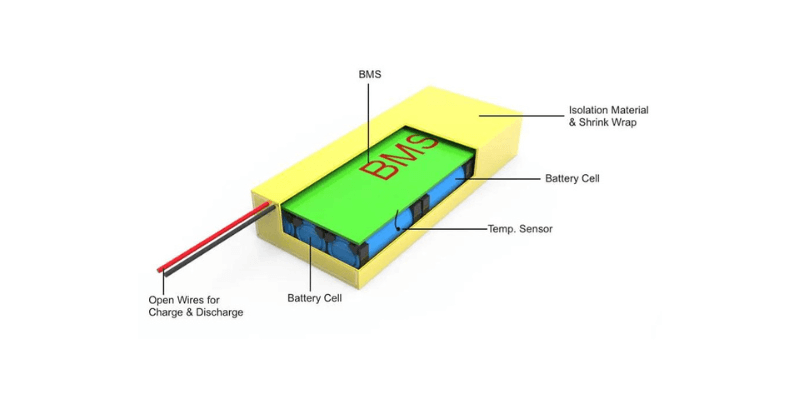
맞춤형 리튬 팩에 열 관리를 어떻게 통합할 수 있습니까?
인클로저가 클수록 열이 더 잘 발산되는 경우가 많으며, 과도한 열을 관리하기 위해 팩에 열 분산기를 추가하는 경우도 있습니다.
능동 냉각에 대한 Tesla의 접근 방식은 개별 셀 주위의 액체 순환을 사용하여 균일한 온도를 유지하고 열 구배를 제거함으로써 업계에서 높은 표준을 설정합니다. 이 고급 시스템은 내부 셀이 외부 셀의 온도와 일치하도록 보장하며 추운 날에도 예열을 가능하게 하여 효율성과 수명을 향상시킵니다.
예산 제약으로 인해 냉각 옵션이 제한되는 경우 온도 센서를 활용하는 것이 비용 효율적인 솔루션이 될 수 있습니다. 이러한 센서는 온도 변화를 모니터링하고 과열을 방지하기 위해 프로세서를 조절하거나 모터 속도를 조정하는 등 그에 따라 장치의 작동을 조정할 수 있습니다.
또한 배터리 팩 내에 경고 시스템을 구현하면 사용자에게 잠재적인 온도 문제를 알리고 효과적으로 예방 조치를 취할 수 있습니다.
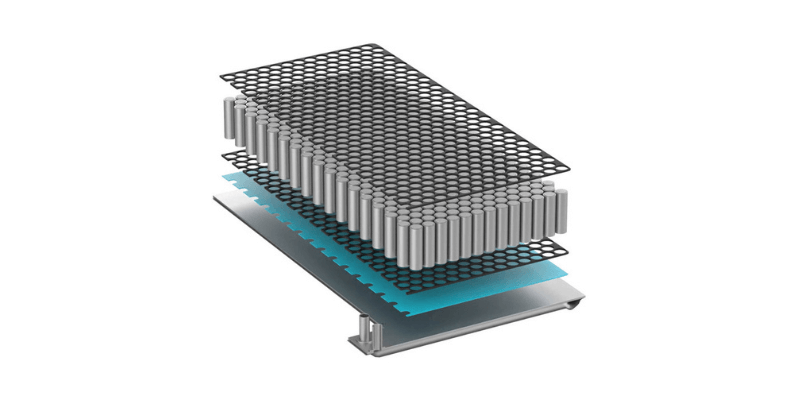
맞춤형 리튬 배터리에는 어떤 덜 일반적인 안전 기능이 포함되어야 합니까?
2차 및 3차 안전 기능은 종종 눈에 띄지 않지만 한 가지 중요한 측면은 셀 밸런싱.
많은 사람들은 이를 모든 세포가 동일한 수준을 유지하도록 얼음 트레이를 고르게 채우는 것과 유사한 주기 수명 기능으로 간주합니다. 이 균형은 팩의 수명을 연장하고 개별 셀이 너무 낮아지거나 너무 높아지는 것을 방지하여 안전 회로를 작동시키고 런타임 인식을 감소시킬 수 있습니다.
또한 안전 회로가 오작동하는 경우 지속적으로 낮거나 높은 편위로 인해 수지상 성장이 발생하거나 재료 분리 문제가 발생하여 잠재적으로 내부 단락이 발생할 수 있습니다. 따라서 셀 밸런싱은 실제로 안전 기능입니다.
다른 고려 사항에는 효과적인 압력 릴리프 밸브로 배터리를 캡슐화하는 것이 포함됩니다. 이는 특히 급속 충전 중이나 오작동 시 배터리 팩 내부의 과압 위험을 완화하는 데 도움이 될 수 있습니다.
마지막으로 고온용 난연성 소재를 사용하면 구성 요소 실패 상황에서 발화하지 마십시오. 잘 알려지지 않은 이러한 안전 기능은 배터리 성능과 신뢰성에 중요한 역할을 합니다.
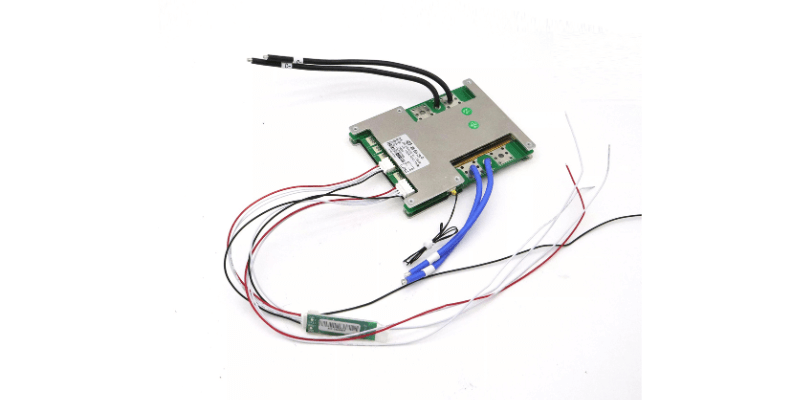
대부분의 최종 제품 표준에서는 배터리가 특정 표준을 충족해야 합니까?
예, 대부분의 최종 제품 표준은 배터리가 소비자 안전과 제품 신뢰성을 보장하기 위해 특정 안전, 성능 및 품질 기준을 충족하도록 요구합니다. 규제 기관은 화재 위험과 같은 위험을 완화하기 위해 이러한 표준을 시행합니다. 열 폭주, 환경에 미치는 영향.
주요 표준은 다음과 같습니다.
- 그리고 38.3: 리튬 배터리의 안전한 운송을 위한 테스트 요구 사항을 다룹니다.
- IEC 62133: 휴대용 전자 장치의 리튬 이온 배터리에 대한 안전 요구 사항을 지정합니다.
- IEC 62619 : 산업 응용 분야에서 2 차 리튬 이온 세포 및 배터리의 안전성에 중점을 둡니다.
- UL1642 및 UL 2054 : 가정 및 산업용 리튬 배터리에 대한 안전 표준.
- CE 마킹 : EU 안전 표준에 따른 적합성을 나타냅니다.
리콜, 법적 부채 및 브랜드 평판 손상을 방지하기 위해서는 규정 준수가 필요합니다. 제조업체는 안전한 배터리 구동 제품을 제공하기 위해 이러한 표준을 준수해야합니다.
사내 제조를 위해 온라인으로 셀을 찾는 권장 사항이 있습니까? 내 요구 사항을 충족하는 옵션을 찾기 위해 Google을 사용하는 것만 큼 간단합니까?
Google은 출발점이 될 수 있지만 신뢰할 수있는 셀 공급 업체를 찾는 권장 사항은 다음과 같습니다.
- 파트너 고품질 배터리 셀로 알려진 평판이 좋은 공급 업체 신뢰할 수있는 지원.
- 전압, 용량, 에너지 밀도 등 명확한 사양을 확인하고, 사이클 수명, 크기, 무게 및 안전 기능을 통해 검색 범위를 좁힐 수 있습니다.
- 제조 중 통합 문제를 방지하기 위해 기계적 적합성, 전기 연결 및 충전/방전 프로토콜을 고려하여 시스템과의 호환성을 보장하세요.
- 안전과 성능을 위해 UL 또는 IEC와 같은 인정된 산업 표준을 충족하는 셀을 선택하십시오. 공급업체의 제품 데이터시트나 테스트 보고서를 검토합니다.
- 제조용 배터리 셀 소싱 경험이 있는 업계 전문가, 엔지니어 또는 컨설턴트에게 문의하세요. 특정 요구 사항에 적합한 셀을 선택하는 데 도움을 줄 수 있습니다.
- 옵션, 리드 타임, 비용 및 배송 요구 사항과 관련하여 배송 물류를 평가합니다.
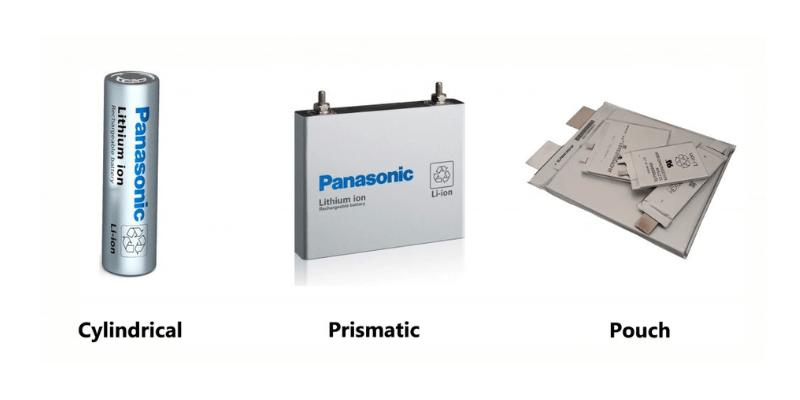
제품의 수명을 어떻게 결정합니까?
일반적으로 배터리 수명을 결정하는 방법에는 여러 가지가 있습니다.
- 제조업체 사양: 종종 표준화된 테스트를 기반으로 하는 제조업체의 예상 주기 수명을 확인하세요. 그러나 이러한 값은 일반적으로 낮은 정상 상태 전류를 반영합니다.
- 가속 노화 테스트: 성능 및 용량 감소를 모니터링하면서 배터리 충전 및 방전을 반복하여 제어된 조건에서 테스트를 수행합니다. 이 방법은 특정 용량 임계값(예: 원래 용량의 80%)에 도달하기 전에 배터리가 견딜 수 있는 사이클 수를 추정합니다.
- 과거 데이터 및 경험: 유사한 배터리에 대한 과거 데이터는 업계 연구 및 사례 연구를 통해 예상 수명에 대한 통찰력을 제공할 수 있지만 이 방법은 대략적인 추정을 제공합니다.
- 배터리 화학 및 설계: 화학에 따라 수명 특성이 다양합니다. 다음과 같은 설계 요소와 함께 이를 이해합니다. 전극 재료는 대략적인 성능 추정치를 제공할 수 있습니다.
- 작동 조건: 방전율, 방전 심도(DOD), 충전 프로토콜 및 환경 조건과 같은 요소가 사이클 수명에 큰 영향을 미칩니다.
이러한 방법은 대략적인 추정치를 제공하지만 특정 조건에 맞춰진 실제 테스트는 특히 극한 온도에 노출되는 실외 제품의 경우 배터리 수명을 결정하는 가장 신뢰할 수 있는 방법입니다.

